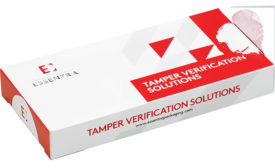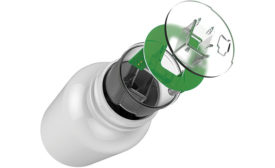Home » pharmaceutical packaging
Articles Tagged with ''pharmaceutical packaging''
Market Trends: Pharmaceutical Packaging
Packaging best practices to address pharmaceutical counterfeiting issues
Pharmaceutical manufacturers tackle the problem through labels and packaging.
October 5, 2017
Pharmaceutical labeling: the ins and outs
Ensuring pharmaceutical safety goes beyond the supply chain
August 15, 2017
HCPC Column:
Congress is trying to reduce drug costs for patients
An A for effort? Not in this case.
April 12, 2017












